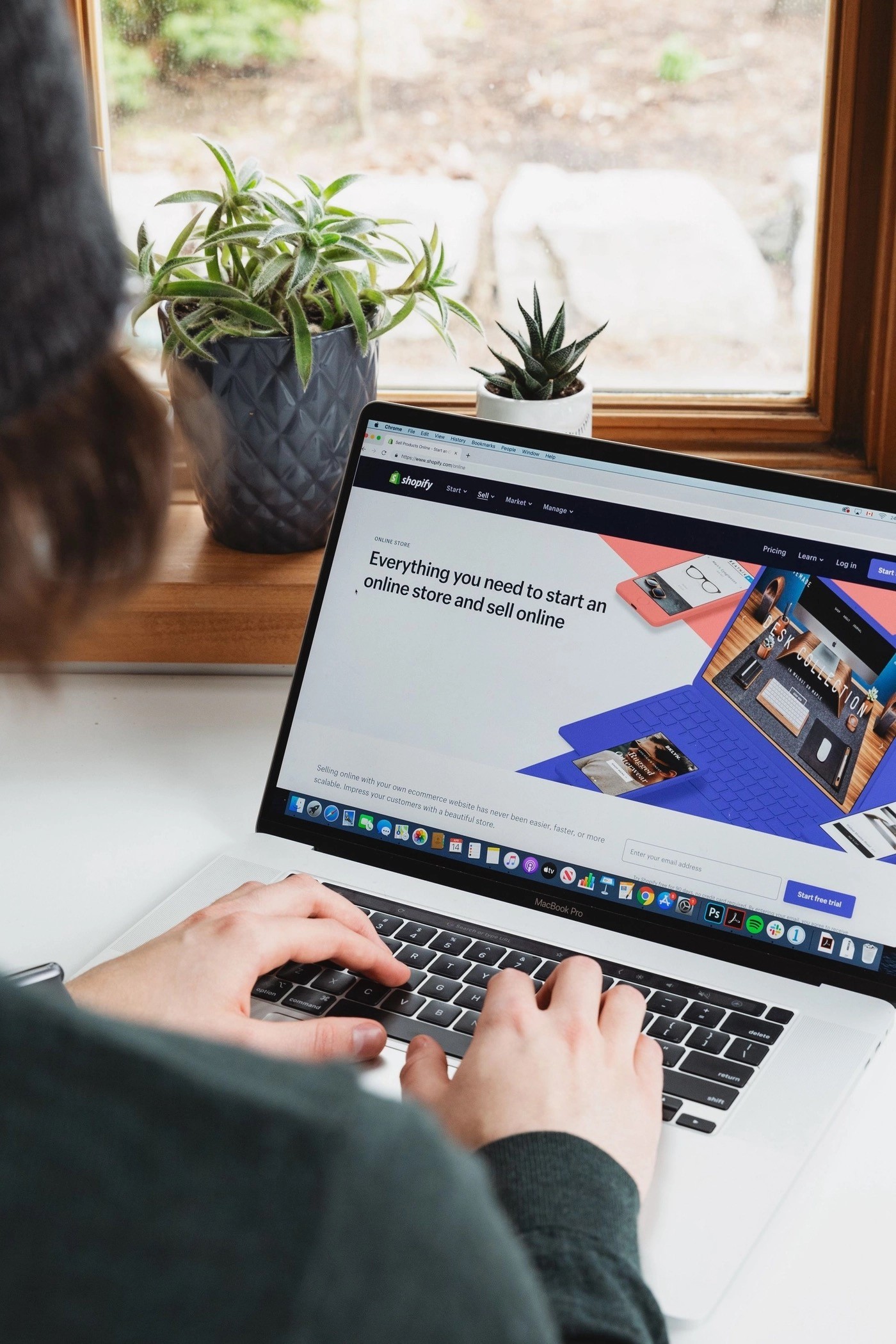Convert any Shopify store to a blazing-fast website with Gatsby JS
by Ilias Haddad
Recently I created this amazing, super-fast, mobile-first, super-responsive website for a demo Shopify store with Gatsby and I was amazed by its performance. It took me some time to get it right but the process was not that tough and once I completed it I thought I would document it so others can benefit.
What is Headless CMS?
Headless, in the context of eCommerce, essentially describes the principle of separating the front-end of your store from the eCommerce platform, with a view to driving improvements around flexibility, performance, or operations, generally. A headless eCommerce site would use a different front-end framework (such as a custom react framework or something like VueStorefront for example) or CMS (e.g. Contentful or Prismic) and would then pull in content and components via APIs. Shopify supports this approach via the storefront API. — Paul Rogers
Why I should use Gatsby as a front end for my Shopify Store
Pros/benefits of using Gatsby and Shopify
- Mobile-first and super-fast e-commerce website
- Gets you more organic traffic because of Google rewards high-performance website
- Increase your conversion rate by reducing loading time
- More flexible in terms of design and format — not restricted by working to the strengths and features of Shopify Liquid Language
Cons / Disadvantages of using Gatsby and Shopify
- You need to host your front end in a separate host (You can use netlify with 100GB bandwidth/month )
- Need to maintain two technologies/platforms
- Loss of lots of apps that don’t have APIs available to work with the Storefront API
How I build a Shopify store with Gatsby JS?
The requirement for this tutorial
- a Shopify Store
- Basic knowledge of how to build Gatsby website
Demo Store: https://ilias-shopify-gatsby.netlify.app/
Setup new Gatsby Website
gatsby new shopify-store [https://github.com/IliasHad/gatsby-shopify-starter](https://github.com/IliasHad/gatsby-shopify-starter)
Get API access token to your Shopify shop

Click on Manage Private Apps
Click on Manage Private Apps
Click on manage private apps > Create a new private app

Allow Gatbsy to read your Shopify store data
Allow Gatbsy to read your Shopify store data
After the private app is created, you will get an API key to access your Shopify store data
SHOP_NAME=YOUR SHOPIFY STORE NAME SHOPIFY_ACCESS_TOKEN=YOUR API KEY
You need to change the environment variable in .env.development file (if you want to just test a demo) and in .env.production with production store API key and name
SHOP_NAME is your Shopify store name. for example, my Shopify store is ilias-gatsby.myshopify.com. the Shopify store name is ilias-gatsby
SHOPIFY_ACCESS_TOKEN is the API key you got when you created the private application
Finally, you need to run gatsby develop to run the website
gatsby develop
Voila, you have a Gatsby website powered by your Shopify store data
References:
- Gatsby Source Shopify Plugin
- Gatsby Shopify Starter
- Headless Shopify Introduction
- Optimizing Ecommerce websites with Gatsby
- JamStack
- Gatsby
